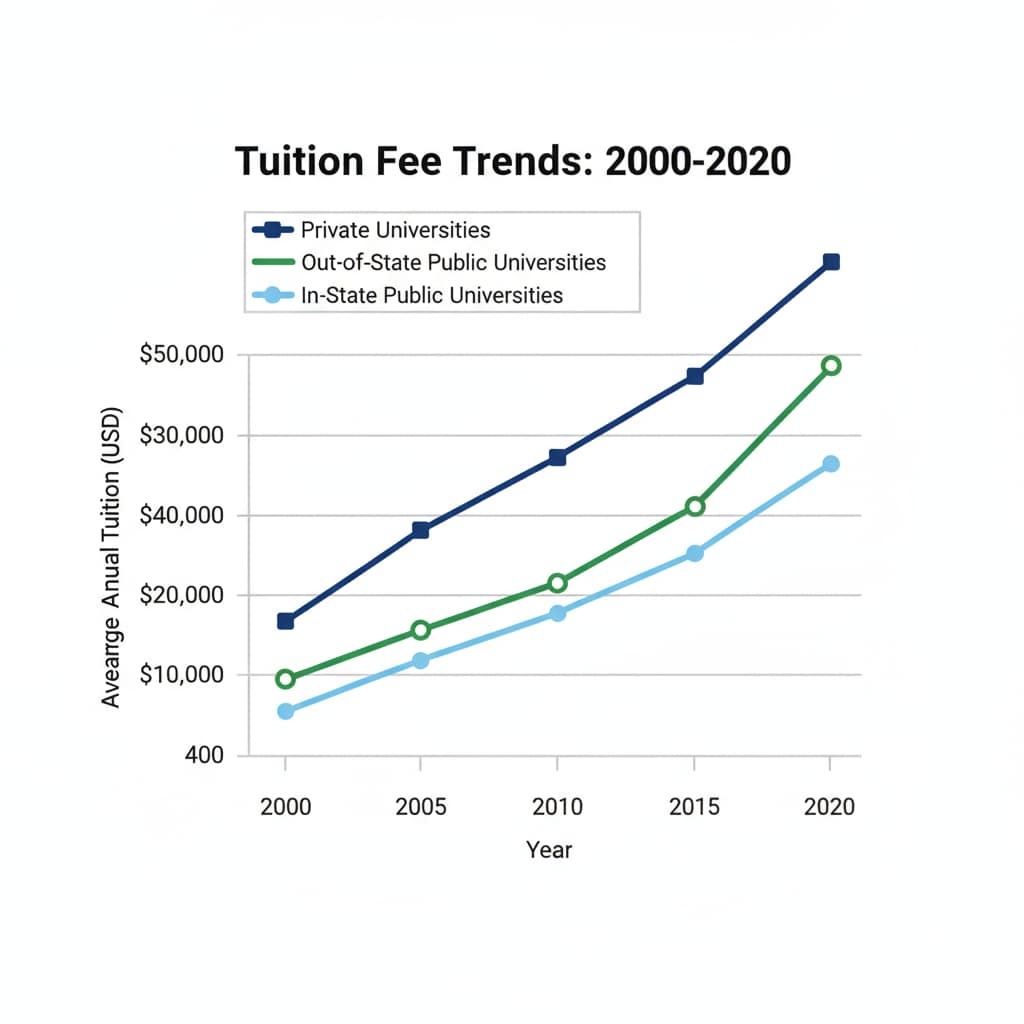Tuition fees, data analysis, and educational choices are crucial aspects that students and parents need to consider in today’s educational landscape. As the cost of education continues to rise and the job market remains uncertain, it’s essential to explore more cost-effective ways to achieve career goals.

For instance, a recent report from the College Board College Board official website indicates that tuition at four-year public colleges has more than doubled in the past two decades. This significant increase has led many to reevaluate traditional educational investment returns.
The Rising Cost of Education
The upward trend of tuition fees is a cause for concern. In addition to the base tuition, there are other expenses such as textbooks, accommodation, and living costs. These additional costs can quickly add up, putting a heavy financial burden on families. For example, at some private universities, the total cost of attendance can reach up to $60,000 per year. This high cost makes it difficult for many students to afford a traditional four-year college education.

Uncertainty in the Job Market
The job market is also a factor that cannot be ignored. With the rapid development of technology, the demand for different skills is constantly changing. Data analysis shows that some majors that were once in high demand may now face difficulties in finding employment. Therefore, students need to make more informed educational choices to ensure they are prepared for the evolving job market. For example, some students who majored in certain liberal arts fields may find it challenging to secure well-paying jobs immediately after graduation.
One alternative to traditional four-year colleges is community college. Community colleges offer a more affordable option for students to complete their general education requirements. They usually have lower tuition fees and a more flexible schedule, making it easier for students to balance work and study. After completing their courses at a community college, students can transfer to a four-year university to earn a bachelor’s degree. This can significantly reduce the overall cost of education.
Readability guidance: By highlighting the issues of rising tuition fees and job market uncertainty, we can see the importance of making wise educational choices. Community colleges are just one example of more affordable options. We should also consider other alternatives and use data analysis to make the best decisions.


